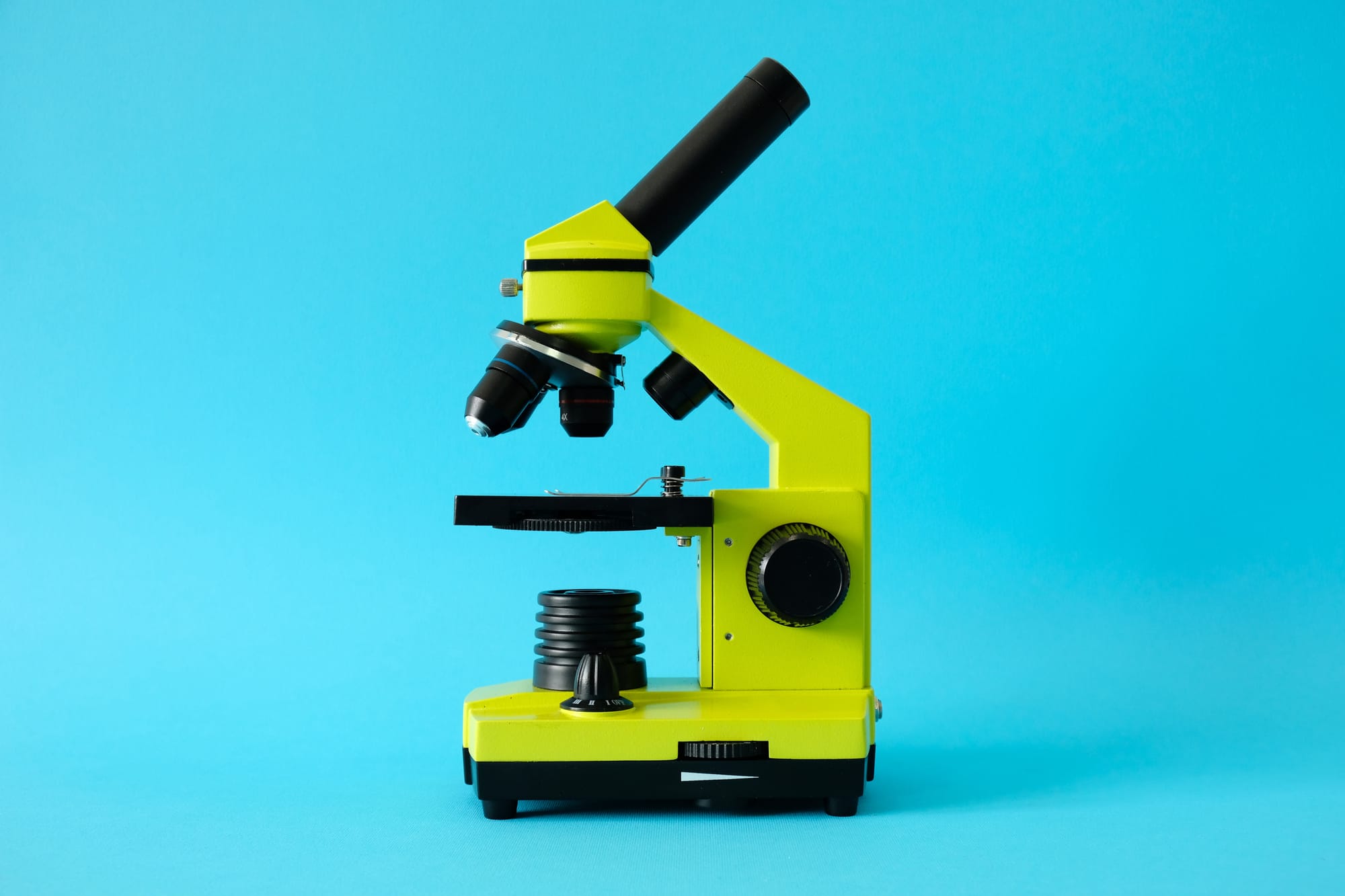In the world of medical science, there's a saying that goes, "necessity is the mother of invention." This rings especially true today as we're entering an exciting new phase in medical treatments. Drug development and gene therapy, which used to be something you’d only read about in science fiction, is now becoming a real game changer in treating a wide variety of diseases. It's bringing hope to situations where there was none before.
This article will walk you through the complex journey of developing gene therapies, from the early stages of research to dealing with the rules and regulations, and finally to showing the big difference these treatments could make in our lives.
Cell and Gene Therapies: A New Frontier
At the center of this groundbreaking shift are Cell and Gene Therapies (CGTs), shining a light for people fighting against cancer, immune issues, genetic problems, and rare diseases. The U.S. Food and Drug Administration's (FDA) approval of many CGTs highlights their big potential to greatly improve how patients recover and heal. However, the real game-changer with CGTs is their approach of creating personalized treatments for each patient, moving away from the traditional one-size-fits-all solutions.
Taking a CGT from its initial idea to being available on the market is filled with obstacles, requiring a blend of scientific breakthroughs, careful planning, and navigating through complex regulations. To be successful in this field, there's a need for a well-rounded strategy that not only overcomes scientific and technical challenges but also addresses the intricate aspects of the market and regulatory requirements.
Laying the Groundwork: Early Planning for CGTs
At the beginning of developing gene therapies, a crucial step is thorough planning and making good use of studies that track diseases over time. These studies are key in pinpointing the exact diseases and groups of people the therapies should help, making sure the treatments are aimed at solving real problems that patients face.
Understanding the competitive field and how to position these therapies in the market is also critical. By looking closely at what others are doing and how therapies are priced, developers can make smart decisions on how to introduce their gene therapies for the biggest possible benefit. Additionally, focusing on what patients need and coming up with new ways to design studies can speed up the development process and make it easier for patients to get these innovative treatments.
The Regulatory Maze

Getting a Cell and Gene Therapy (CGT) approved for use involves a detailed process of meeting strict rules and standards. Knowing these rules well and working closely with the organizations that set them, right from the start, can make the process smoother. It’s important to have a solid plan showing all the evidence that the therapy works and to clearly explain why it's beneficial.
Using health economics modeling (a way to assess the therapy's cost-effectiveness) and focusing on gathering data that highlights the patient's perspective are key strategies. These approaches are essential in showing the true value of CGTs, making it easier to get the support needed for these therapies to be paid for and available to patients.
Ensuring Long-term Success
Even after getting the green light, the work on a gene therapy isn't done. It's crucial to keep an eye on how safe and effective it is in the long run through ongoing studies. Since many of these therapies are new, we need to think carefully about how they can be used in children and how their prices might change over time.
Working together with experienced partners can be a big help. They can offer wisdom and know-how, guiding us through the tricky parts of developing and launching these therapies, and helping us avoid possible problems.
The Road Ahead: Gene Therapy's Impact on Medicine
Gene therapy is a groundbreaking approach that aims to edit, change, or completely replace malfunctioning genes, marking a significant step forward in our effort to treat and even cure various diseases. It showcases two main strategies: 'in vivo', where the treatment happens directly inside the body, and 'ex vivo', where doctors modify a patient's cells outside the body before reintroducing them.
Despite some earlier challenges, the field of gene therapy has bounced back stronger, evidenced by the U.S. Food and Drug Administration (FDA) giving the green light to many gene therapy products and the increase in clinical trials. The promise gene therapy holds to change how we treat conditions like cancer and rare diseases is extraordinary, offering new hope for conditions previously considered untreatable.
Challenges and Opportunities
Getting gene therapy to reach its full promise isn’t easy. We’re facing big challenges around making sure treatments are safe, they work well, and they’re something people can afford. Creating the delivery systems for these therapies, which we call "vectors," is especially tricky and expensive, and each kind of vector comes with its own set of hurdles.
But, there’s a lot of hope for gene therapy. It’s driven by constant breakthroughs and a strong dedication to making patients’ lives better. As we keep pushing forward, breaking new ground in what we can achieve in healthcare, gene therapy is a prime example of how creative and persistent efforts can overcome diseases that we once thought were unbeatable.




